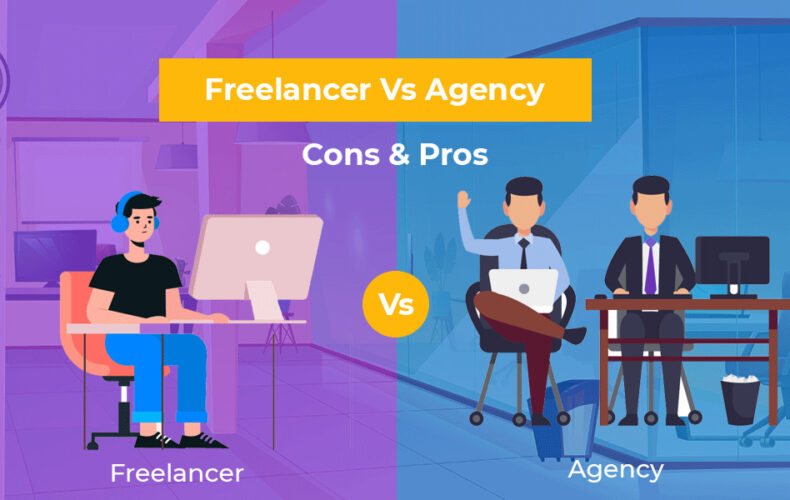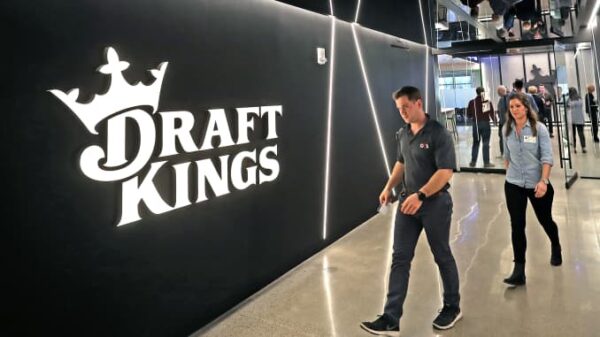You’ve probably heard of the 80/20 rule or the Pareto Principle: 20 percent of anything will yield 80 percent of your results. It’s a general rule of thumb for anything. 20 percent of your employees will do 80 percent of the work. 20 percent of your customers will make up 80 percent of your sales. And 20 percent of your advertising spend may make up 80 percent of your revenue brought in.
The Law of Diminishing Returns is similar.
Under the Law of Diminishing Returns, investments and returns don’t have a one-to-one relationship. Rather, your returns start to drop off at a certain point. Your returns plateau; once you’ve hit the peak, every subsequent dollar you spend may gain you nothing at all.
And that’s why you can sometimes throw money at a strategy over and over and just not get the results that you desire.
Let’s take a further look at the Law of Diminishing Returns — and how to disrupt it.
Caring is a Finite Resource: The Law of Diminishing Returns
Consider this: You’re a florist. You sell bouquets. You have about 10,000 people in your town — and you’ve got about $100 in media buying budget. You decide to send out mailers.
So, you spend $100 to send out 10,000 mailers. 500 people respond and purchase $10 bouquets; you make $5,000. That’s a great ROI!
Why not try it again?
You send out another 10,000 mailers. This time, 250 people respond and purchase $10 bouquets; you make $2,500. That’s still great ROI, but it’s significantly less.
Next time, only 50 people respond. And the next time, only 25. Your strategy hasn’t changed. But the audience you’re marketing to has been saturated. You’re getting diminishing returns because there are fewer and fewer people who are interested.
Now, you’re a little smarter. You decide to send 10,000 mailers to the next town over. But you still don’t get 500 people — you get 300. Why? Because the first audience set was your ideal audience — they’re in the area. Now you’re moving to people farther away who are less likely to spend. So you’re still getting diminishing returns.
This doesn’t mean that you’re always going to be doing poorly. Eventually, that first batch of 500 people who responded are going to be in the market for flowers again. But it does mean that your initial strategies can often do better than follow-up attempts, for a variety of reasons.
(But let’s disrupt a little. Consider if this time you spent $50 of your media buying budget on mailers and $50 on digital advertising instead. You might be able to take advantage of both with less saturation.)
Let’s take a look at another example: You have a company that does mobile app development. You spend $25,000 on paid digital advertising and you make $125,000 in sales. Then you spend $100,000 on paid digital advertising. Do you make $500,000 in sales?
Probably not. Your audience is probably already saturated, so the same people are seeing your ads multiple times rather than new people being connected with each time.
And that’s the Law of Diminishing Returns: the first $25,000 you spend may have substantially greater results than the last $25,000 you spend.
You’ve Plateaued: Detecting the Law of Diminishing Returns in Your Advertising
How can you determine whether you’re hitting the Law of Diminishing Returns?
As our VP of New Product Clifton Pierce stated, “In terms of advertising, the Law of Diminishing Returns only applies if the advertiser isn’t truly paying attention.” It’s pretty easy as long as you’re reliably tracking your metrics. You should see that the more energy you’re putting into something, the weaker results you’re getting. If everything else remains equal about your strategies, then it should be easy to see that you’re pumping money into the Law of Diminishing Returns.
That isn’t always a bad thing. Think back to the florist. Even though the florist is getting diminishing returns, they’re still getting returns. As long as your ROI is positive, your advertising is still being effective. It’s more a question of whether your advertising is being as effective as it can be.
Rob Palumbo CEO at OutPoint, splits everything into the Most Productive Zone, Diminishing Returns Zone, and Negative Returns Zone. From there, he is able to better determine the right course of action for each marketing channel.
With mobile app marketing, you might see that your mobile app installs have slowed. But that doesn’t actually mean that it isn’t bringing you in revenue.
And, of course, understanding the Law of Diminishing Returns is critical when you’re doing your cash flow projections. You should never assume that you’re going to get identical results from the same expense outlay; that’s just too optimistic.
Can There Be a Law of Increasing Returns?
Of course, not everyone believes in the Law of Diminishing Returns. Jonathan Ivanco says, “There is no such thing as the law of diminishing returns, it’s lazy marketers that don’t understand what goes into real advertising and marketing.”But Richard Heinberg points out that the Law of Diminishing Returns applies to everything, including civilizations — generally in reference to the abundance of resources available.
In the examples given, returns started to diminish immediately because saturation had been met. But in real life, it usually takes some time to reach that saturation point. Usually you’ll see increasing returns, a plateau, and then diminishing returns. And diminishing returns really means you need to move on to other strategies; hence Ivanco’s statement that it relates to lazy marketing.
But is it possible to grow exponentially? Is it possible to continue to see better and better returns?
There are very few advertising campaigns that will never plateau or that will never start going downhill. You will always need to steadily invest more if you want to continue getting the same results. And it’s not always money you’re investing. With social media advertising, for instance, you’re usually investing time.
But it is possible to have a very significant ramp up.
Look at influencer marketing, social media marketing, and other types of traditional marketing disruption. Companies are able to exponentially grow and continue to grow; they have such broad appeal they don’t meet saturation. With new realms like augmented reality and virtual reality coming, there are new opportunities for brand development and product development.
So, the Law of Diminishing Returns doesn’t always have to be a law; there can be exceptions. But they are rare ones.
Using the Law of Diminishing Returns to Your Advantage
Realistically, what does the Law of Diminishing Returns mean? It means that you’ve done the best you can at a certain technique. Mobile Marketing? Mailers? Email lists? Social media? You’ve peaked, baby. I mean, it’s all downhill from there. But you’ve done as good a job as you can — and now it’s time to move on.
If you’re struggling with the Law of Diminishing Returns right now, you’re throwing good money after bad. You’re probably spending $25,000 in paid advertising to generate 90 percent of your results and another $25,000 for that last 10 percent.
That’s great news.
Because that means that you can take that $25,000 that you’re using in digital advertising and generate even better results elsewhere.
Ultimately, the Law of Diminishing Returns just means that it’s time to try something different. It’s a way to show that you’ve capped out on what you can get (for now) from a certain advertising technique, strategy, or channel. And that’s an exceptionally valuable thing to know.
Advertising is a wild arena. It’s always changing. The strategies that work today have no guarantee of working tomorrow. You need to be able to identify your key metrics, track them reliably, and pivot when you can. By studying things like the Law of Diminishing Returns, you can become more astute at recognizing the signs — and more confident and competent at reacting to it. Here at Colure, we know that the success of our agency is built upon the success and growth of your business. Contact Colure’s Advertising Advisors today to make sure you have a balanced Go To Market Advertising Campaign for your next project or to be interviewed and featured in our next series of “Project Venus”. Let’s grow!































![Advertising Budgets 2016: 4 Trends You Need To Know [Infographic]](https://www.mdgadvertising.com/blog/wp-content/uploads/2015/09/2016_Advertising_Trends_1000_compressed.jpg)

